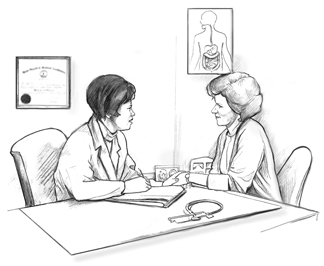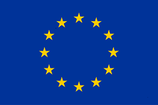|
When we talk about research, we are referring to the act of investigating and the main objective of the research of expanding knowledge. When you think about a research project, you think about how to carry it out, the materials you need, and the time it requires. Although there are many types of research, and iPLACENTA is made up of many different kinds of research projects, today I want to tell you about clinical research, in which the patient is the protagonist, and talk about: how we recruit patients. It is important to note that not everyone knows what the research is about and how much work it requires. What’s it like working with patients It is known that research with patients has changed over the years. As many of us know some time ago, the patient did not know that they were participating in research or they did not have information about what the research was about, etc. That is why it is important to clarify that any project involving patients today must be evaluated and accepted by The Bioethics Committee. This is a multidisciplinary group of professionals (mainly medicine, genetics, law, etc.) whose main function is: With the passing of time and great historical events, clinical research and the patient have become more and more involved. As a clinical researcher, it can still be quite a challenge to recruit patients for your project. It is not always easy to recruit patients for research, often out of fear, ignorance or simply because they do not want to participate. It is important that the researcher knows how to communicate and explain what their project is about, in an easy and clear way, and that they take the time to do so. Actually, nowadays patients tend to be quite well-informed – through the internet – about their condition, and as a researcher I want to emphasize that this sometimes is an advantage. I’ll tell you why at the end of this article. Rule 1- It is important that the researcher explains in an easy and clear way what the project is about. How do you get a patient to participate? The researcher usually talks through the project with the patient, who has the pathology they are looking at and has previously been identified by a doctor as a potential candidate, and explains the goals and procedures. Once the project is explained and understood and the patient has asked all their questions, the researcher gives a summary form about the project and a written form to be signed by the patient: The informed consent. What is the correct moment to give the informed consent? Also, it is important that once everything has been explained, the patient has time to ask questions, clear up doubts and take time to think about whether they want to participate. Rule 2 - The patient should have time to read the project summary carefully so that they can ask what they want. What is the informed consent? This is very important because it is the legal document in which the patient expresses the willingness to participate, states in writing that they have been informed about the project in which they will participate, and that they agree to participate. It is also important to say that the patient can withdraw their consent at any time. Rule 3 - Finally you must sign the consent to participate in the research project. Why is knowledge an advantage?? Because when a doctor contacts a patient about a health problem, we all know that the first thing they're going to do is look for information about the condition, and by the time the researcher explains the project to the patients, most of them know what you're talking about, so when someone offers to investigate further, it's very rare that they don't want to contribute to the research. I personally believe that it is very important to be able to communicate how important research is and what a great contribution the specific project is to this field. And personally I like to explain that when a patient decides to participate in the research project, you feel an immense joy not only because with their contribution they help us in the development of the research but also an advance to science. AcknowledgementsAuthor23/4/2024 02:51:03 pm
Egal, ob du nach einem klassischen Gartenzaun, einem modernen Doppelstabmattenzaun oder einem natürlichen Gabionenzaun suchst - im Zaun Shop findest du alles, was du für ein perfekt abgestimmtes Außenambiente benötigst.
Reply
Leave a Reply. |
About the blogBeing a PhD student in a European training network is a life-changing adventure. Moving to a new country, carrying out a research project, facing scientific (and cultural) challenges, travelling around Europe and beyond… Those 3 years certainly do bring their part of new - sometimes frightening - but always enriching experiences. Categories
All
Archives
December 2021
|







 RSS Feed
RSS Feed

9/9/2020
1 Comment